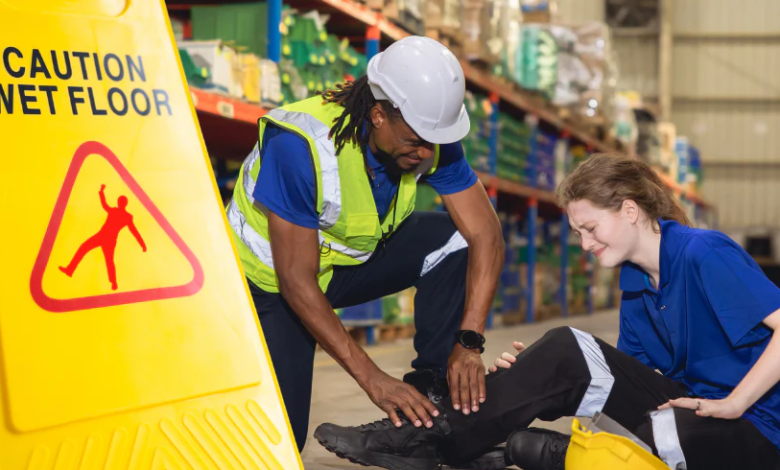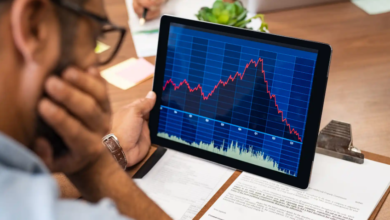Beyond the Surface: Rethinking Clean in High-Traffic Areas

From bustling office buildings to busy shopping centres, high-traffic spaces have a unique challenge: no matter how often they’re cleaned, they can feel like they’re never quite clean enough. Foot traffic brings in dirt, spills happen, and surfaces are touched countless times a day. In these environments, a quick wipe-down simply doesn’t cut it. This is where professional hygiene services step in to elevate standards and ensure cleanliness isn’t just skin-deep.
High-traffic areas require more than occasional attention because germs and grime can build up quickly in places people don’t notice. Elevator buttons, stair railings, door handles, and even the tops of partitions can become hotspots for bacteria. By focusing on both the obvious and hidden areas, cleaning strategies can go beyond appearances and actually contribute to a healthier environment.
The Problem with “Looks Clean”
One of the most common misconceptions is that if something looks clean, it’s safe. In reality, harmful bacteria and viruses can live on surfaces for hours or even days, completely invisible to the eye. This means a desk that appears spotless could still harbour pathogens.
This gap between perception and reality can have serious implications in places like schools, healthcare facilities, and public transport hubs, where a high turnover of people increases the risk of spreading illnesses.
Why Deep Cleaning Matters
Deep cleaning targets areas that routine cleaning often misses. It involves not only visible surfaces but also less obvious spaces, such as under seating, behind appliances, and inside ventilation systems. A thorough cleaning schedule might include:
- Disinfecting high-touch points multiple times a day
- Steam cleaning carpets and upholstery to remove deep-seated dirt and allergens
- Using hospital-grade disinfectants for added protection
- Inspecting and cleaning HVAC systems to improve air quality
By building these into a maintenance routine, businesses can create spaces that don’t just look good but also support health and wellbeing.
Tailoring Cleaning to the Environment
No two high-traffic spaces are alike, which is why tailored cleaning plans are so effective. A gym, for example, needs frequent sanitising of equipment and locker rooms, while a corporate office might prioritise meeting rooms, shared kitchens, and reception areas.
The most effective strategies start with a site assessment, identifying problem areas and scheduling cleaning during times that minimise disruption.
The Role of Staff and Visitors
Cleanliness isn’t just the responsibility of cleaning teams — staff and visitors play a role too. Providing easy access to hand sanitiser stations, encouraging regular handwashing, and displaying friendly reminders about cleanliness can help reduce the spread of germs.
Simple measures, like placing mats at entrances to capture dirt and moisture, can also make a big difference in reducing what’s tracked inside.
See also: Why Does My Phone Lag When Storage Is Almost Full?
Sustainability in Cleaning
Modern cleaning practices are increasingly mindful of environmental impact. This includes using eco-friendly cleaning products, reducing water waste, and investing in reusable cleaning materials. Sustainable cleaning not only benefits the planet but also creates safer spaces by reducing exposure to harsh chemicals.
For businesses, making sustainable choices can also be a selling point, appealing to clients and customers who value environmental responsibility.
The Health and Productivity Link
Clean, well-maintained environments aren’t just about aesthetics — they can directly affect health and productivity. In offices, a hygienic workspace can reduce sick days, improve air quality, and boost employee morale. In retail spaces, a clean environment encourages customers to stay longer and return more often.
By prioritising cleanliness as part of a broader health and safety strategy, businesses can improve both their reputation and their bottom line.
Looking Beyond the Mop and Bucket
Ultimately, rethinking clean in high-traffic areas is about more than following a checklist. It’s about recognising that cleanliness is ongoing, proactive, and essential for creating spaces where people feel safe and welcome.
When cleaning is treated as an investment — not an afterthought — it shows in every detail, from the shine of the floors to the freshness of the air. Going beyond the surface ensures that “clean” is more than a look; it’s a standard that supports the health and comfort of everyone who walks through the door.






